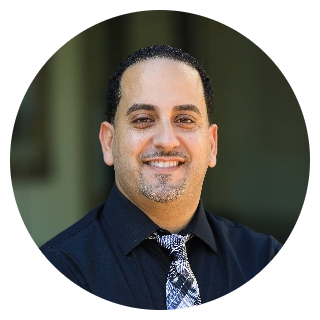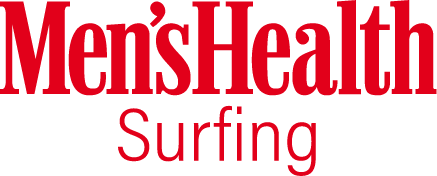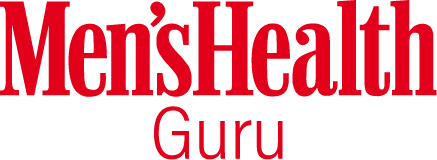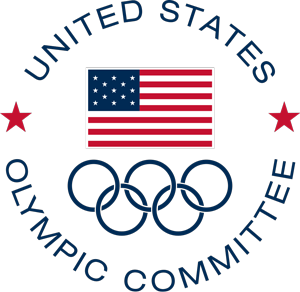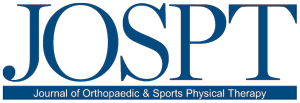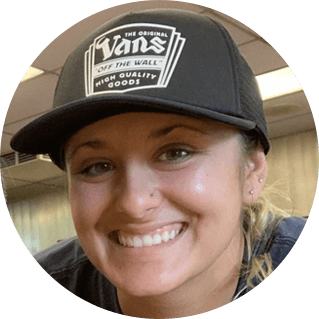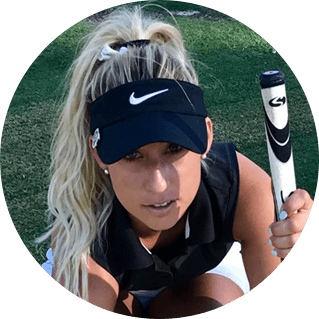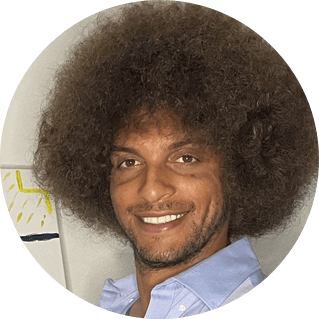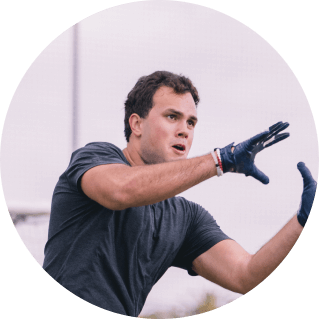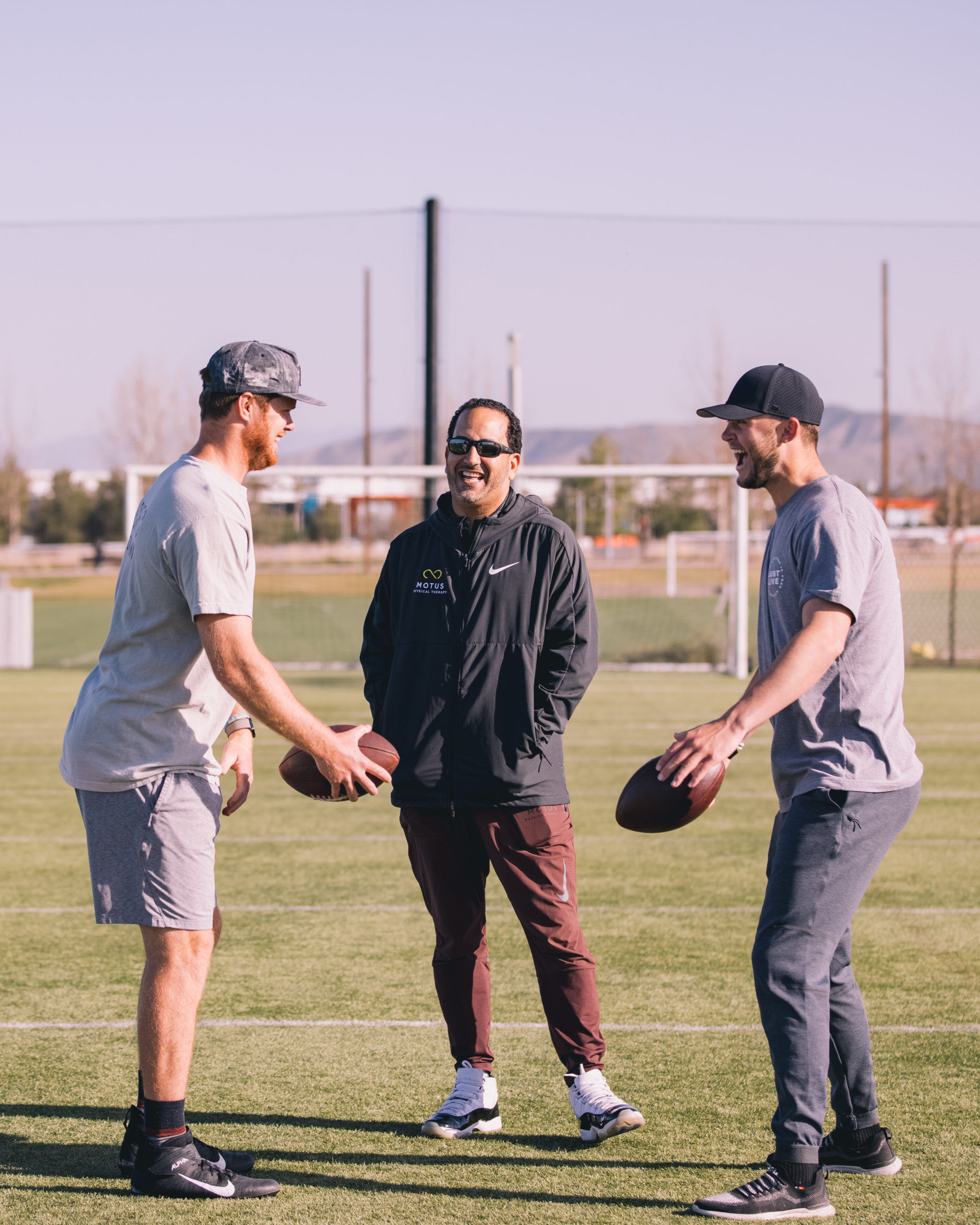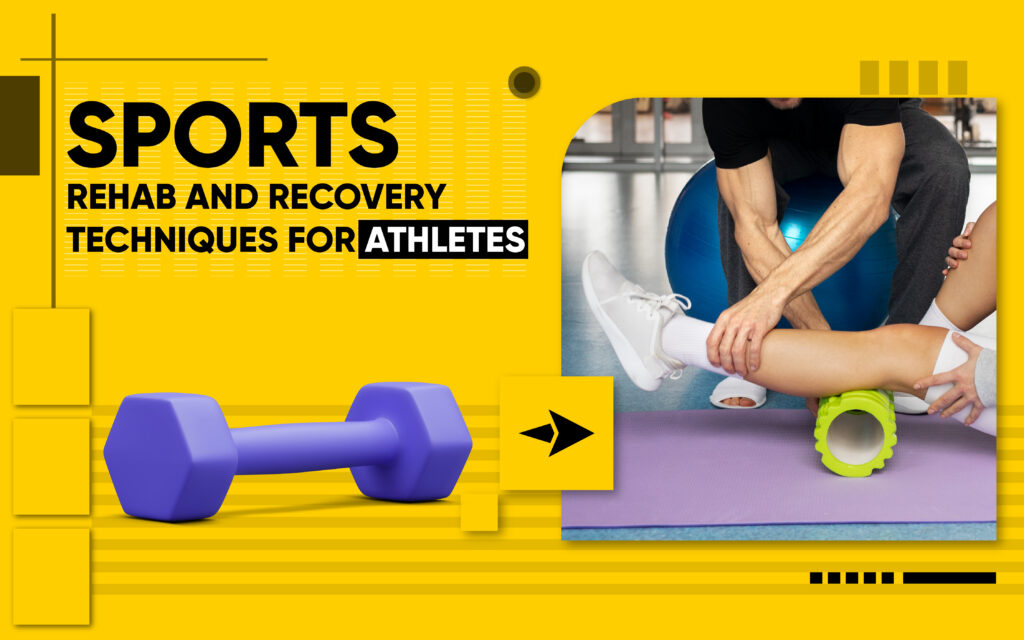
1. Sleep
Sleep is one of the most important parts of recovery and, unfortunately, the most overlooked as well. People should first know that proper sleep is the best course of recovery, even for non-athletes. 7-9 hours of uninterrupted sleep daily is vital for recovery.
Ensure that you have a consistent sleep schedule and don’t stray from it too much, even during weekends. There are several preferences when sleeping. Some need a night light, and others need it to be pitch dark. There are no wrong choices here, but it is advisable not to sleep with bright lights in the room.
2. Nutrition and Hydration
Food and water intake is of vital importance if you’re an athlete in Newport Beach CA. Many theories are floating around that claim reducing water intake makes you look more “cut” and lean. But proper hydration is essential to cutting down recovery times. Rehydration with electrolyte-rich drinks is also another important part of recovery.
Coming to nutrition, athletes need to be careful about their diet. Avoid foods that cause inflammation and focus on getting nutrient-rich food into your system. This includes food rich in antioxidants and omega-3 fatty acids.
3. Massage Therapy
The most common physical therapy to help athletes recover is massages. There are a variety of massages that can help the recuperation process. Deep tissue massage, myofascial release, trigger point therapy, cryotherapy, and lymphatic drainage are a few variants of massages.
A physical therapist combines the most effective massage therapies according to the athlete’s needs. They also focus on creating post-event massage routines that can further improve recovery.
4. Compression Therapy
Compression garments are an emerging trend catering towards quicker recovery and are a great tool for athletes. The principle of compression garments is to improve blood flow to specific areas of the body and reduce muscle fatigue. Compression garments range from small compression socks and sleeves to full-body compression gear.
There are several advantages to using compression gear, and the most important is that it reduces swelling and inflammation even as the athlete is playing. It makes managing post-game fatigue and injuries a lot easier.
5. Cryotherapy
Another recent development, whole body cryotherapy, involves putting your body in extremely low temperature environments to improve recovery. This is done by immersing oneself in a simple ice bath or a more sophisticated cryo chamber. This kind of therapy has become quite popular owing to its success in treating fatigue and inflammation.
A more compact alternative to whole-body cryotherapy is localized cryotherapy. It targets specific areas with ice packs or cryo machines. This can also reduce muscle soreness and help recuperation.
6. Stretching and Mobility Exercises
An important reason why athletes get injured in the first place is improper stretching and warming up. Physical therapists can work with athletes to create a tailored stretching routine to improve performance and reduce recovery times. Adding dynamic stretches such as torso twists, leg swings, and arm circles is great.
Once dynamic stretching is complete, opt for a session of static stretching. These focus on limbering up larger muscle groups by holding each stretch for a 15 to 30 second period. Follow this up with Active Isolated Stretching, where you perform repetitive stretches for each muscle group. The key to stretching is to be gentle about it and not to push too hard.
7. Foam Rolling
Otherwise known as self-myofascial release, foam rolling can help ease tense muscles. It involves using a foam roller on specific areas, especially your back. You can use your body weight to apply pressure, thereby reducing soreness and improving circulation.
Physical therapists can help you with effective muscle targeting, ensuring you use the right technique while rolling. They can also help with identifying and targeting knots and trigger points. Foam rolling also works as a pre-game routine by stretching and relaxing your muscles.
8. Hydrotherapy
Like cryotherapy, hydrotherapy has also become quite popular in recent times. Like its namesake, hydrotherapy uses water to promote muscle relaxation and recovery. It has excellent reviews among athletes and has found its way to the masses. There are two main variations to hydrotherapy – cold water and hot water hydrotherapy.
Cold water immersion reduces muscle inflammation and muscle soreness. It improves metabolic activity and muscle recovery. Hot water improves circulation and relaxes the muscles. The heat improves flexibility and helps flush out toxins from the skin. Recently, hydro massages that use water jets to target specific muscle groups have also gained a lot of positive reviews.
9. Yoga and Meditation
Experienced physical therapists are also adept at the art of yoga and meditation. There are several benefits to practicing yoga, both physically and mentally. Its several poses improve balance and build strength while improving resilience. Another area where yoga contributes greatly is by making your body more supple and flexible.
For athletes, mental health is as important as their physical well-being. Meditation techniques focus on improving your mental state and fostering a strong mind-body connection. It also reduces stress and builds confidence, essential to performing well. Find the right physical therapist for your needs in Newport Beach CA from Motus Sports Therapy!

